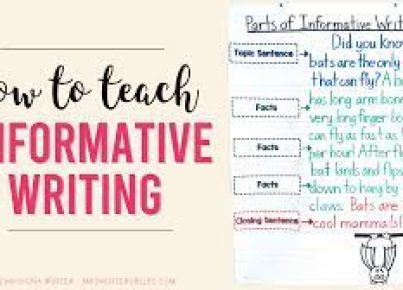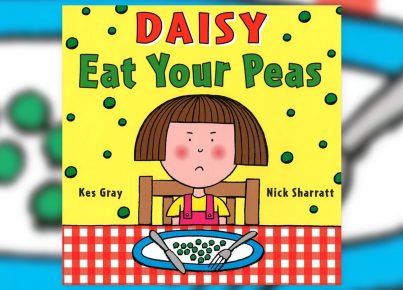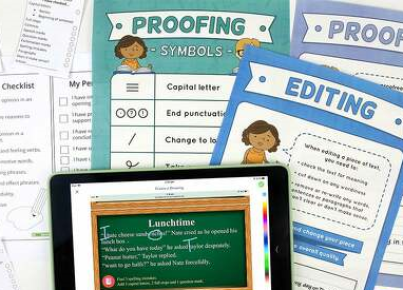Narrative writing is a crucial skill for students to develop, as it allows them to express themselves, build creativity, and improve their communication abilities. To help teachers and students bolster these skills, we have compiled a list of the top 7 narrative writing exercises for students. These interactive and engaging activities are designed to help students create compelling stories and understand narrative structure.
1. Story Starters
Provide students with story starters or prompts that encourage them to think creatively and jumpstart their narrative writing. This can be anything from a sentence, such as “The mysterious package arrived today,” to an image or illustration that sparks their imagination.
2. Character Development
In this exercise, have students create detailed character profiles for their stories. Encourage them to think about their character’s background, personality, physical appearance, habits, and relationships with other characters. This will not only help writers develop more relatable characters but will also provide plot ideas based on the character’s attributes.
3. Point of View Challenge
Encourage your students to experiment with different points of view when writing their narratives. Have them rewrite the same scene or event from multiple perspectives (first-, second-, and third-person) to give them a better understanding of how each point of view changes the tone and focus of their storytelling.
4. Storyboarding
Encourage visualization of the plot by having students create storyboards outlining their narratives. By visually mapping out the progression of events in their story, students will develop stronger organizational skills while thinking critically about pacing and flow.
5. Dialogue Practice
Improving dialogue writing is an essential aspect of narrative development. Ask students to write a conversation between two or more characters in their story, focusing on making each character’s voice unique and believable while also moving the plot forward.
6. Incorporate Different Genres
Challenge your students to write stories with elements from multiple genres (such as mystery, science fiction, and romance). This exercise helps students expand their creativity while understanding that narratives can be adapted and shaped to convey different emotional experiences and messages.
7. Revise and Edit
Strong writing requires constant revision and editing. Provide students with constructive feedback on their narratives and encourage them to revise, edit, and polish their work. By going through the process of refining their stories, students will learn the value of self-editing and critical thinking in writing.
In summary, narrative writing exercises provide students with the tools they need to develop impressive storytelling skills. By incorporating a variety of activities into your curriculum—such as character development, point of view challenges, and genre exploration—you can help students build compelling narratives that showcase their creativity and communication talents.




